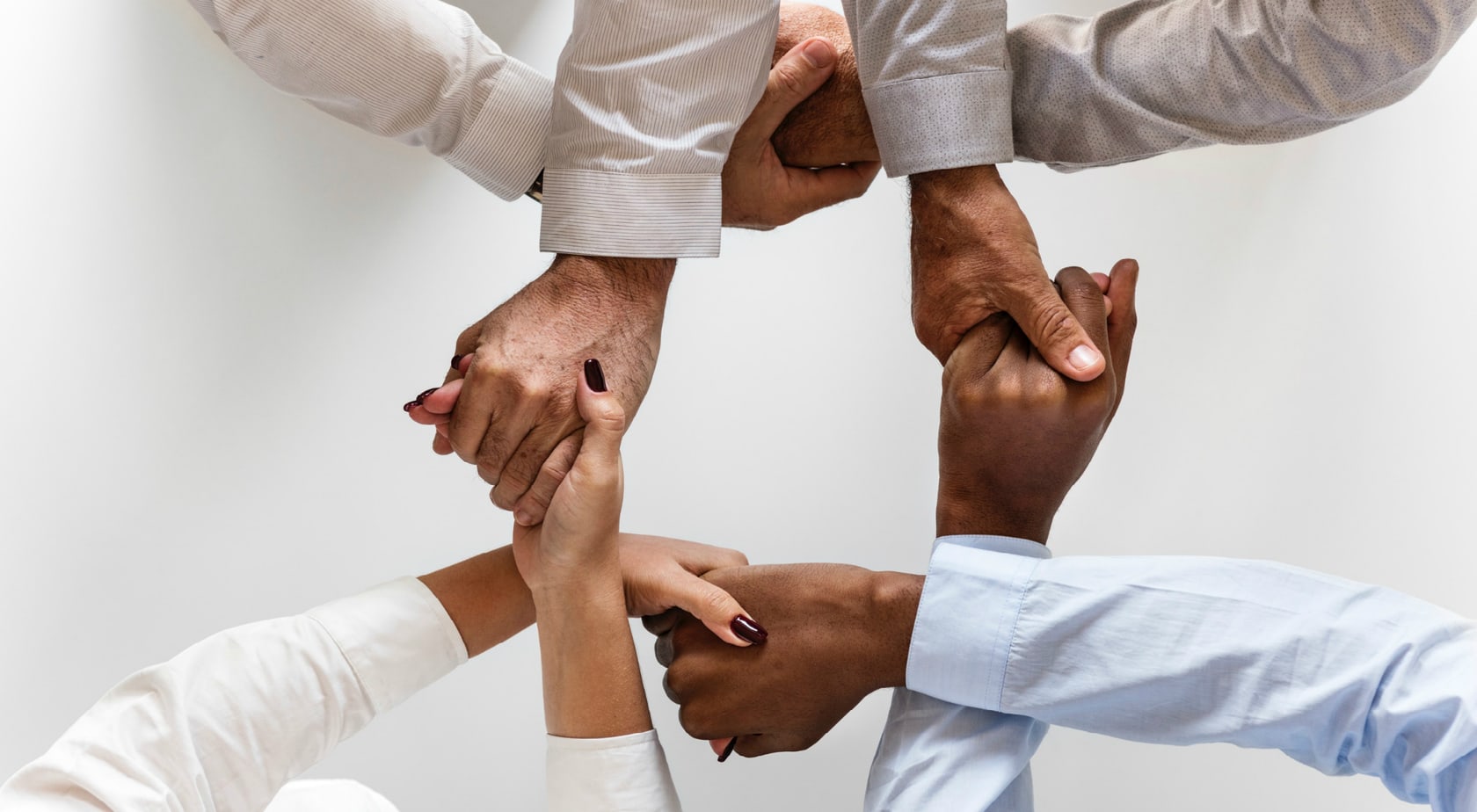Introduction to Crime Scene Photography
Welcome to the captivating world of crime scene photography! This unique field of photography combines elements of forensic science, documentation, and artistry to create a visual narrative that helps investigators piece together the puzzle of a crime. Crime scene photos play a crucial role in criminal investigations, providing valuable evidence and insights into the nature of an incident.
In this blog post, we will explore the fascinating realm of crime scene photography and its importance in solving crimes. We will discuss the types of cameras professionals use in this field and highlight best practices for capturing impeccable images. Whether you’re an aspiring photographer or simply curious about this intriguing discipline, join us as we uncover the secrets behind capturing compelling crime scene photos.
Importance of Crime Scene Photos
Crime scene photos are an integral part of any criminal investigation. They play a crucial role in documenting and preserving evidence that can be used in court proceedings. These photos serve as a visual record of the crime scene, capturing essential details that may be later apparent to investigators.
One of the critical reasons crime scene photos are so important is their ability to accurately depict the condition and layout of the crime scene at the time it was discovered. This can provide valuable insights into how the crime occurred and help investigators reconstruct events leading up to and following the incident.
These photos can also capture minute details that might go unnoticed during initial investigations. From blood spatter patterns to footprints, every piece of evidence holds significance in unravelling what truly transpired at a crime scene.
Moreover, by photographing different angles and perspectives, investigators can create a comprehensive visual representation of the entire crime scene, which can aid in further analysis and evaluation by forensic experts or other professionals involved in solving crimes.
Furthermore, having detailed photographs allows for effective communication between investigative teams working on a case. These images enable them to share information accurately without relying solely on written or spoken descriptions.
Crime scene photos provide objective documentation supporting law enforcement agencies and legal professionals when presenting their findings in court. The importance cannot be overstated – they present an unbiased account of what occurred at a specific time, serving justice for victims while ensuring due process for all parties involved.
Types of Cameras Used in Crime Scene Photography
When it comes to crime scene photography, using the correct type of camera is crucial. The camera chosen must be able to capture every detail and provide high-quality images that can withstand scrutiny in court. Here are some common types of cameras used in crime scene photography.
1. DSLR Cameras: Digital Single-Lens Reflex (DSLR) cameras are widely used by forensic photographers due to their versatility and ability to produce high-resolution images. These cameras allow for interchangeable lenses, enabling photographers to adapt to different shooting conditions.
2. Mirrorless Cameras: Mirrorless cameras have gained popularity among crime scene photographers because of their compact size and image quality comparable to DSLRs. They offer advanced features such as electronic viewfinders, silent shooting modes, and excellent low-light performance.
3. Medium Format Cameras: Medium format cameras are known for their large sensors that capture more details than traditional full-frame or APS-C sensors in DSLRs or mirrorless models. Although bulky and expensive, they deliver exceptional image quality, ideal for capturing intricate evidence details.
4. Point-and-Shoot Cameras: While not typically the primary choice for professional crime scene photographers, point-and-shoot cameras can still serve a purpose in certain situations where portability and ease of use are prioritized over image quality.
5. 360-Degree Cameras: With technological advancements, 360-degree cameras have become valuable tools for documenting more significant crime scenes where capturing an entire area is essential for analysis.
In conclusion,
The type of camera used in crime scene photography depends on various factors such as budget constraints, desired image quality, accessibility requirements at the scene, and personal preference of the photographer or department policy.
Best Practices for Taking Crime Scene Photos
When documenting a crime scene, taking clear and accurate photographs is crucial. These photos are vital evidence in criminal investigations, helping investigators piece together the events and identify potential suspects. Here are some best practices to follow to ensure that your crime scene photos are of high quality and admissible in court.
It’s essential to arrive at the crime scene well-prepared. Ensure you have all the necessary equipment, including a digital camera or film camera with a wide-angle lens and macro capabilities. Bring extra batteries, memory cards, or film rolls to stay in storage space.
Before starting to take photos, survey the entire crime scene thoroughly. Look for angles or viewpoints that can provide valuable information about the location or help establish context. Documenting any signs of forced entry, damage, or disturbance at the scene is also essential.
When capturing images of evidence such as weapons or bloodstains, use a scale reference like a ruler or marker next to them. This helps provide an accurate sense of size when analyzing these objects later.
Use a tripod whenever possible to ensure clarity and focus in your photographs. This eliminates unwanted blurriness caused by shaky hands and allows for more precise documentation of details.
Another crucial aspect of taking crime scene photos is proper lighting. Avoid relying solely on flash photography; it can create harsh shadows and remove specific details. Instead, use natural light sources whenever available, but be careful not to disturb potential evidence while adjusting lighting conditions.
In addition to capturing overall shots of the crime scene (including different angles), remember close-up photographs detailing specific areas or items relevant to the investigation.
Lastly, yet significantly, always remember that ethics play an integral role in forensic photography—never alter or manipulate images intentionally! Maintain integrity by presenting what you see accurately without any enhancements whatsoever.
By following these best practices, crime scene photographers can contribute to the accuracy and
Digital vs Traditional Film Photography

When it comes to crime scene photography, investigators must decide whether to use digital or traditional film cameras. Both options have advantages and disadvantages, so let’s look closer crime scene photo members.tripod .com
Digital photography has become increasingly popular due to its convenience and instant results. With a digital camera, investigators can review their images immediately, ensuring they have captured all necessary evidence before leaving the scene. Digital photos can also be easily stored and shared electronically, making collaboration between team members seamless.
On the other hand, traditional film photography still has its merits. Some investigators prefer the aesthetic quality of film photographs for some instances. Additionally, the film handles high-contrast situations better than digital sensors, producing more accurate representations of details in both highlights and shadows.
While digital cameras offer immediate feedback and easy sharing capabilities, traditional film cameras require careful consideration before pressing the shutter button. Each frame counts with film photography since limited exposures on a roll exist. This forces photographers to slow down and carefully compose each shot – an aspect that some argue enhances attention to detail.
Whether you choose digital or traditional film photography will depend on your preferences and the specific requirements of each case. It is beneficial for investigators to have experience with both methods to adapt to different scenarios effectively.
By understanding the strengths and weaknesses of each approach, crime scene photographers can employ these tools strategically to capture compelling evidence that will assist in solving crimes accurately.
Tips for Photographing Different Types of Evidence
In crime scene photography, capturing accurate and detailed images of different types of evidence is crucial. These photographs can provide vital information that helps investigators analyze the scene and build a solid case. Here are some tips for photographing different types of evidence.
1. Fingerprints: When photographing fingerprints, use a macro lens or setting on your camera to capture clear and detailed images. Ensure proper lighting to highlight the ridges and patterns.
2. Footwear impressions: To document footwear impressions, take photographs from multiple angles using a scale for reference. Use oblique lighting to enhance the details and ensure you capture any unique characteristics.
3. Bloodstains: For bloodstain pattern analysis, photograph each stain individually with a ruler placed nearby for scale. Capture close-up shots and broader shots showing the location of other objects or surfaces.
4. Tool marks: When documenting tool marks on surfaces, position your camera at an angle to create shadows that emphasize the depth and shape of the mark. Consider using alternative light sources like UV lights if necessary.
5. Weapons or firearms: Always carefully handle weapons, following proper protocols before taking photographs. Capture various angles, including close-ups of serial numbers or other identifying features.
Remember, consistency is critical when taking crime scene photos; always follow established procedures to maintain accuracy and integrity in documentation.
Ethics and Legal Considerations
When it comes to crime scene photography, there are important ethical and legal considerations that every photographer must keep in mind. First and foremost, respect for the deceased and their loved ones should always be a top priority. It is crucial to approach the scene with sensitivity and professionalism, ensuring no unnecessary harm or distress is caused.
In addition to ethical concerns, photographers must also navigate the intricate web of legal regulations surrounding crime scene documentation. This includes obtaining proper consent from relevant authorities before entering the scene and taking photographs. Adhering to a chain of custody protocols is essential to maintain the integrity of evidence throughout the investigation process.
Privacy rights are another significant aspect to consider in crime scene photography. Photographers must ensure they do not capture personal information or images unrelated to the investigation without appropriate authorization. Respecting individuals’ privacy rights preserves their dignity while also upholding legal requirements.
Moreover, photographers should always remember that their role is primarily objective documentation rather than interpretation or manipulation of evidence through editing techniques. The goal is accuracy and truthfulness, as these photos can be critical in investigations and court proceedings.
By understanding these ethics and legal considerations, crime scene photographers can fulfil their vital role while maintaining professionalism, integrity, and respect for all parties involved
Resources for Learning More about Crime Scene Photography
If you’re interested in delving deeper into the crime scene photography field, several resources can help expand your knowledge and skills. These resources cover a wide range of topics related to crime scene photography and provide valuable insights from experienced professionals in the field.
One excellent resource is online courses and tutorials. Many websites offer comprehensive courses on crime scene photography, covering everything from camera settings to composition techniques. These courses often include interactive quizzes and assignments to ensure you grasp the material effectively.
Another valuable resource is books dedicated explicitly to crime scene photography. These books provide detailed information on different aspects of forensic photography, including lighting techniques, evidence documentation, and post-processing methods. They often feature case studies with real-life examples illustrating best practices in capturing accurate and compelling crime scene photos.
Additionally, attending workshops or conferences related to forensic imaging can be highly beneficial. These events bring together experts in the field who share their experiences and insights through presentations, practical demonstrations, and hands-on exercises. It’s an excellent opportunity to learn from seasoned professionals while networking with like-minded individuals.
Furthermore, joining professional organizations focused on forensic imaging can give you access to various resources. Many associations have online forums where members discuss various topics related to crime scene photography, share tips and tricks, ask questions, and seek advice from fellow practitioners.
Staying up-to-date with industry publications is essential for continuous learning in this field. Journals specializing in forensic science often feature articles on advancements in crime scene photography techniques or showcase notable cases where photographs played a crucial role in solving crimes.
By utilizing these resources mentioned above – online courses/tutorials/books/workshops/conferences/professional organizations/industry publications – you can deepen your understanding of crime scene photography while honing your skills as a forensic photographer.
Remember: Continuous learning is critical! Keep exploring new avenues for expanding your knowledge and expertise in crime scene photography.
Conclusion
Crime scene photography is a critical aspect of criminal investigations. The photos captured at the scene provide valuable evidence to help recreate the sequence of events and aid in identifying suspects.
Members.tripod.com is an excellent resource for those interested in learning more about crime scene photography. With its vast collection of crime scene photos, it offers a unique opportunity to study real-life cases and understand the intricacies involved in capturing crucial details.
Whether using digital or traditional film cameras, following best practices is essential to ensure accurate documentation. From proper lighting and framing to focusing on specific evidence, every detail matters when preserving the integrity of a crime scene photograph.
Photographers must also consider ethical considerations and legal requirements when photographing sensitive scenes. Respecting privacy rights while obtaining clear and comprehensive images requires professionalism and adherence to established guidelines.
We can enhance our skills as crime scene photographers by continuously expanding our knowledge through resources like members.tripod.com. Learning from past cases helps us improve techniques, develop new approaches, and contribute to justice being served.
So whether you’re an aspiring photographer or fascinated by forensic investigation, exploring the world of crime scene photography can offer profound insights into science and artistry.
Also Read: Olecci





